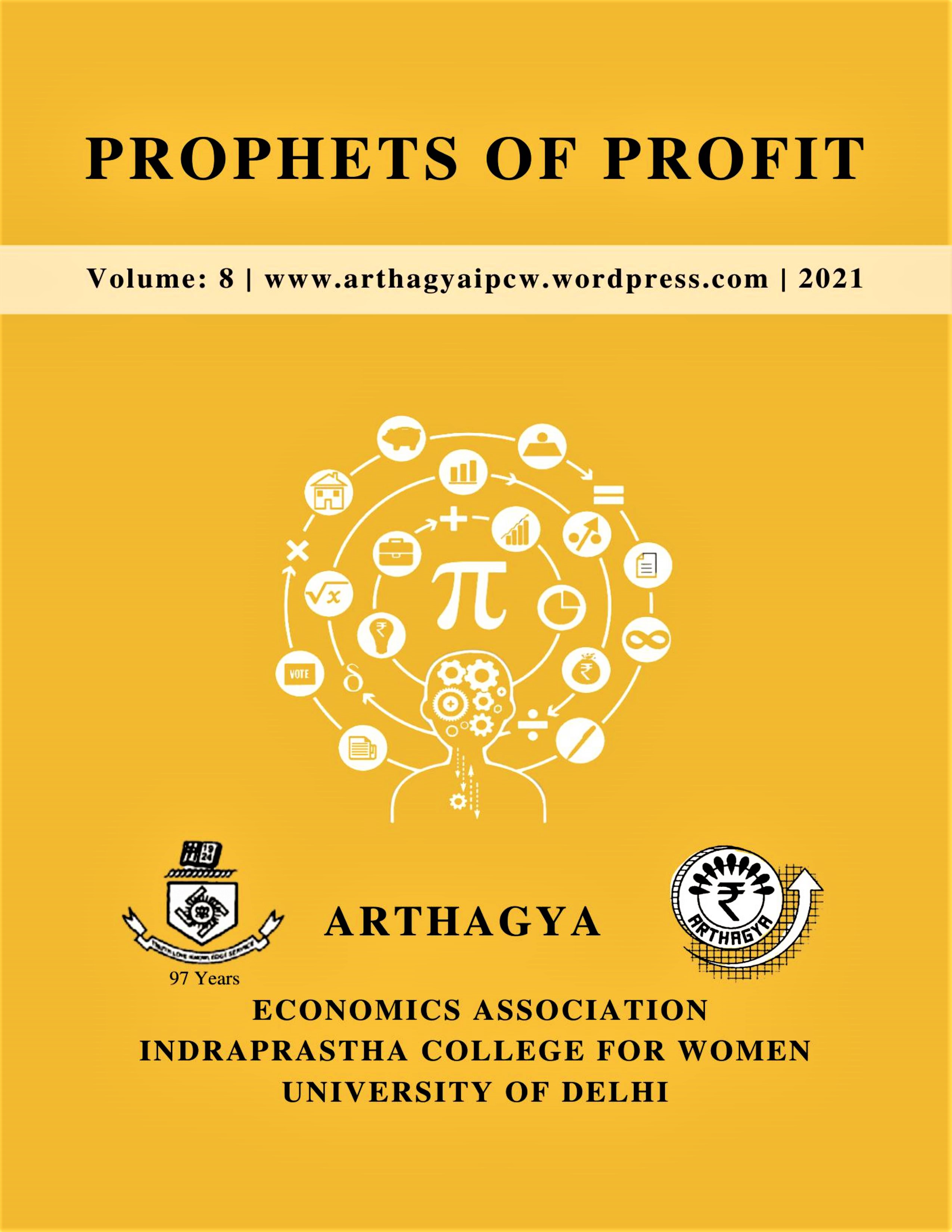Well-being matters. Permeating beyond boundaries, the virus SARS-CoV-2 has reminded us of our interconnection. Its ongoing outbreak has added a new meaning to the doctrine of primum non nocere – first do no harm – by including social distancing, mask-wearing, and lockdown measures. The consequent isolation suppresses the contagion spread but also fuels loneliness and mental disorders. While imprisoned in Pretoria for his activism against apartheid, Hugh Lewin wrote, “I want to want to be touched again and to touch I want to feel alive again.” Almost 50 years later, his longing for human connection finds resonance within the global population confined indoors.
The existential threat posed by COVID-19 has touched humanity at large. Its global shock has triggered twin health and economic crises. One year since the World Health Organization officially declared it a pandemic, the novel coronavirus has caused more than 119 million total confirmed cases and induced over 2.6 million total deaths as of March 11, 2021. Compounding pre-existing inequalities, the pandemic has disproportionately affected the poor, the old, and the marginalized. Skilled labourers have worked from home whereas millions of informal workers have had to return home, even barefoot as seen in the plight of migrant workers across India. At the global level, 2020 oversaw an addition of 33 million people becoming unemployed and between 119 to 124 million people being pushed into extreme poverty as per estimates of January 2021 by the International Labor Organization and the World Bank respectively. In addition to lives and livelihoods, we have lost the spontaneity and serendipity of real interactions.
Against heightened uncertainty, technological innovations have enabled us to stay in touch. Front-line workers, scientists, and leaders are racing against time to save lives. Rising to the challenge, scientific collaboration has resulted in efficacious vaccine development at an unparalleled feat. Researchers are developing real-time models, like the epi-macro, to better respond to the rapidly evolving situation. Alongside measures to flatten the curve, governments are providing lifelines to economies through massive fiscal stimulus and accommodative monetary policies. Firms are repurposing their production to help meet demand for essential products. Learning has shifted online. All in all, the human spirit has stood resilient.
Prophets of Profit 2020-21 touches upon the sign of our times. Its theme of “Health Economics”, as the cover page suggests, is reflected in the symbolism of yellow akin to the pause prompted by yellow traffic light and hopeful tone inherent in the colour. This journal presents a collection of research works that prod important questions in the intersection of health and economics. Their concern ranges from issues like exclusionary disparities in healthcare to solutions like inclusionary evidence-based policies.
The teamwork of writers, editors, and designers shaped this endeavour for which we express our appreciation to all contributors and members of the Editorial Board. We are grateful to Dr. Roopali Goyanka, the Issue Advisor, and Dr. Prabhjot Kaur, the Editorial Advisor, for guiding us throughout the process. Our gratitude also extends to the entire faculty professors for encouraging us to engage beyond textbooks. We thank Ms. Sukriti Verma, our alumna, for sharing her insights with us. Last but not the least, we honour our social support for keeping us afloat through these turbulent times.
Choices lie at the heart of economics. At this crossroads, whether we choose compassion over stigma, global solidarity over nationalism, or vaccination over misinformation will shape our trajectory for years to come. Let us choose to act responsibly onward to the yellow brick road of a resilient, equitable, and sustainable future.
– Chandani Thapa, Editor-in-Chief
This note is published in the annual academic journal – Prophets of Profit, Special Issue on Health Economics, Volume 8, 2020-21 – of the Department of Economics, Indraprastha College for Women, University of Delhi.
Prophets of Profit Journal 2020-21: Health Economics (Flipbook Version)
Prophets of Profit Journal 2020-21: Health Economics (PDF Version)
Prophets of Profit 2020-21: Health Economics (Journal Video)

